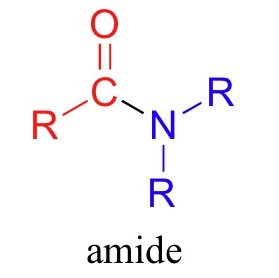The Unbearable Unambiguity of Laws
Someday, when I am done practicing and looking for a final way to stay engaged, I would like to teach Administrative Law to JD students. I often tell student that, for what I do, the single most important class I took in law school was not any class with "international" in the course description. It was Administrative Law. My practice is all about what the federal government can and cannot require of importers and exporters and what must be required of the federal government. That is administrative law. Two recent decisions from the Court of Appeals for the Federal Circuit put this nicely in focus. The first is Capella Sales & Services Ltd. v. United States. This is one of those cases with a relatively straight-forward analysis that leads to a bad result. Capella entered aluminum extrusions from China. At the time its entries liquidated, Commerce had determined the countervailing duty deposit rate to be 374.15%. Capella did not challenge the rate and, as a result, th...
